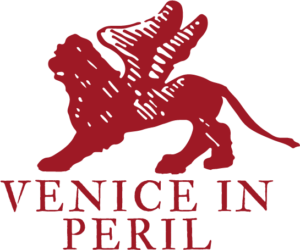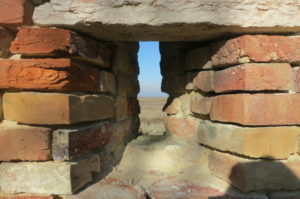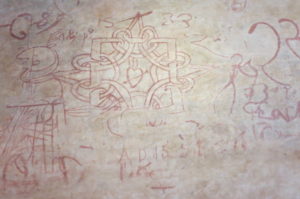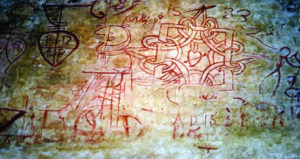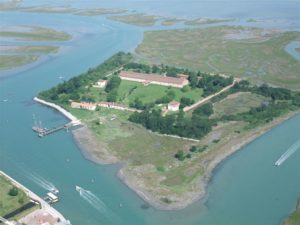Graffiti from the 16th-17th century on the island of the Lazzaretto Nuovo
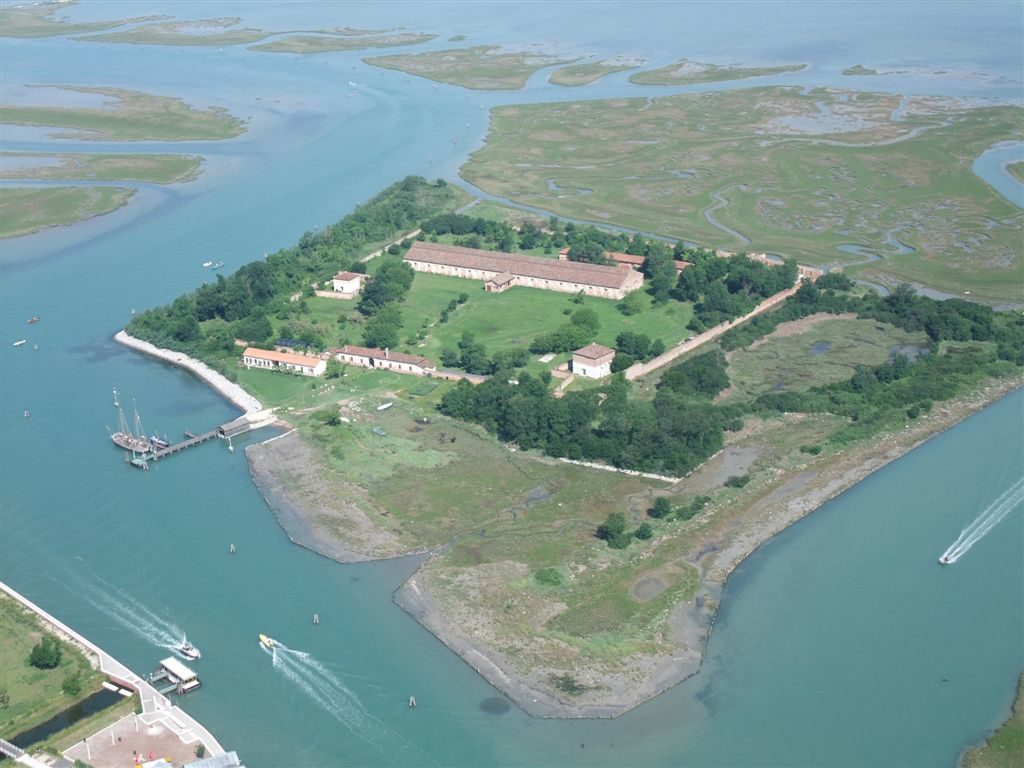
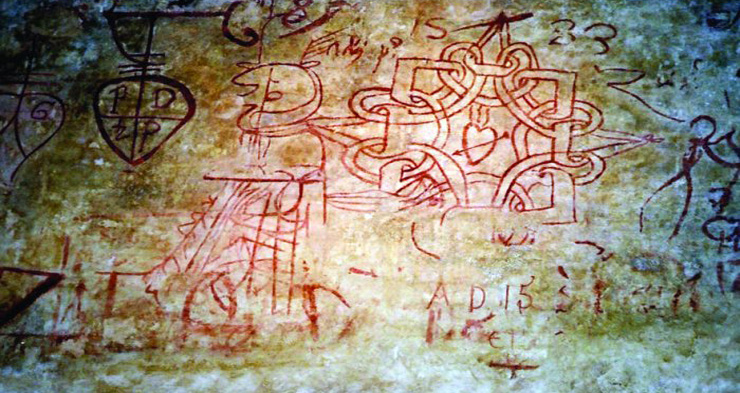
About the project
The Lazzaretto Nuovo in the northern lagoon is one of two, the other being the Lazzaretto Vecchio close to the Lido, where, since the 15th century, ships and crews coming from the Levant and north Africa, were put into quarantine to prevent the spread of disease in the Republic.
The Lazzaretto Nuovo was originally a Benedictine monastery but its history goes back to the Bronze Age. The ArcheoClub Venice, a volunteer organisation has been putting on events, conferences and digs to bring the history of these sites to a wider public.
In 2007 a donation from the Fondation Jean-Barthélemy, through Venice in Peril, preserved a series of inscriptions and decorations dating from 1580 to 1660, covering the plastered walls inside the ‘Tezon Grande’ (warehouse). This building is one of the largest internal spaces in Venice and was constructed to store the goods destined for the markets of Venice. Here they would have been treated by being smoked with juniper and other herbs thought to prevent spread of disease. The captains and crews themselves were also enclosed behind the walls of the Lazzaretto in accordance with strict regulations laid down by the Republic of Venice.
The elaborate graffiti on the plaster walls of the Tezon Grande would have been drawn with rough tools by those in quarantine and have been meticulously documented by Prof. Zarotti and students from the Accademia Belle Arti.
At the fall of the Republic the buildings of the Lazzaretto Nuovo were abandoned, being used subsequently by the Austrians as a gunpowder store. They have now been restored and house the increasing number of archaeological finds from the lagoon.
Project location
In brief
- The Lazzaretto Nuovo can be reached by vaporetto from the Fondamenta Nuova and is one of the most peaceful places in the lagoon.
- Plague was a constant menace to the Venetian Republic and was brought to the city in the ships that also brought it great riches. There were many outbreaks, the most famous of which was in 1630 when almost a third of the population died.
- San Rocco was the patron saint of plague sufferers but the Provveditori di Sanità established in 1490 were responsible for prevention measures which included the use of quarantine islands.
- In 2019 the Italian government announced funding of €11 million for the restoration of the other Lazzaretto, the Lazzaretto Vecchio for a project that aims to share the remarkable story of early public healthcare that the Lazzaretti represent.
- You can find out more by visiting the Lazzaretto Nuovo website and Archaeoclub Venezia
